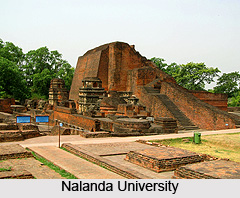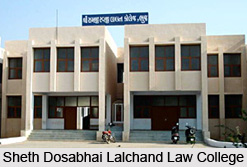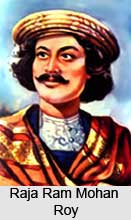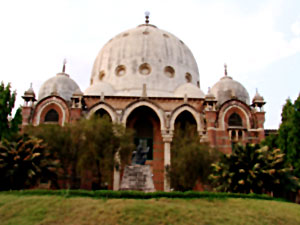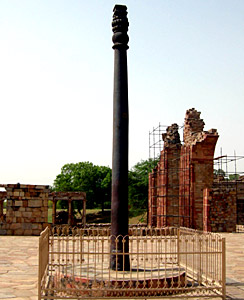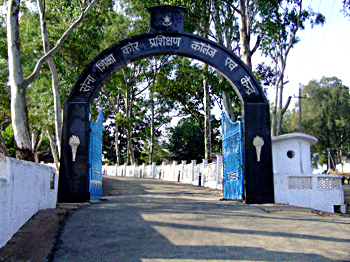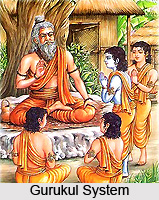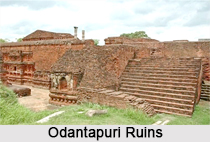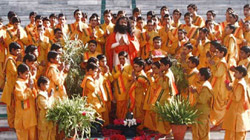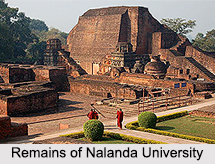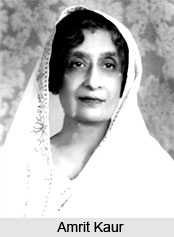 The All India Institute of Medical Sciences (AIIMS) is considered to be one of the most influential and the largest institution for providing medical training to the young Indians. The AIIMS was founded in the year of 1956 with a view to serve as a nucleus for nurturing excellence in all aspects of health care in India. The first Prime Minister of India, Pundit Jawaharlal Nehru had a dream of creating a country that would be imbued with a scientific culture and he started to take initiatives for fulfilling his dream, immediately after independence.
The All India Institute of Medical Sciences (AIIMS) is considered to be one of the most influential and the largest institution for providing medical training to the young Indians. The AIIMS was founded in the year of 1956 with a view to serve as a nucleus for nurturing excellence in all aspects of health care in India. The first Prime Minister of India, Pundit Jawaharlal Nehru had a dream of creating a country that would be imbued with a scientific culture and he started to take initiatives for fulfilling his dream, immediately after independence.
Jawaharlal Nehru prepared a grand design to achieve his dream and the development of a centre of excellence in the medical sciences was one of the most notable ones among the features of modern India that he designed. He dreamt that such a centre would set the pace for medical education and research in the Southeast Asia and he got the wholehearted support of his Health Minister, Rajkumari Amrit Kaur, in doing this. The health survey and development committee that was established in 1946 for serving the purpose had recommended the establishment of a national medical centre. The committee was chaired by an Indian Civil Servant, Sir Joseph Bhore and said that the national medical centre would concentrate on meeting the need for highly qualified manpower. The committee also recommended that the centre would look after the nation`s expanding health care activities, as well.
The Indian government soon decided to operate for meeting the Bhore committee`s recommendation and fulfilling the dreams of Nehru and Amrit Kaur and it soon made a proposal. The government of New Zealand wholeheartedly supported the proposal and granted a large amount of money under the Colombo Plan. The generous grant helped the Indian government a lot to lay the foundation stone of All India Institute of Medical Sciences (AIIMS) in 1952.
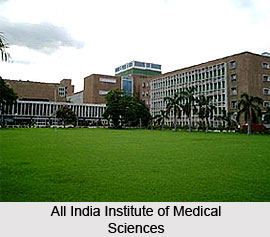 The AIIMS started its operations officially in 1956. The institute started its journey as an autonomous institution of national importance through an Act of Parliament and it was devoted to serve as a nucleus for nurturing excellence in all aspect of health care.
The AIIMS started its operations officially in 1956. The institute started its journey as an autonomous institution of national importance through an Act of Parliament and it was devoted to serve as a nucleus for nurturing excellence in all aspect of health care.
The main objective of the All India Institute of Medical Sciences (AIIMS) was to develop patterns of teaching in Undergraduate and Post-graduate Medical Education in all its branches. It worked on this objective so that it could demonstrate a high standard of Medical Education in India. Bringing together in one place educational facilities of the highest order for the training of personnel in all important branches of health activity was another primary objective of AIIMS. Apart from that, the institute worked for attaining self-sufficiency in Post-graduate Medical Education, as well. The AIIMS has already established itself as one of the highly equipped and self-sufficient medical institutions in the world and it contains comprehensive facilities for teaching, research and patient-care.
At present, the All India Institute of Medical Sciences (AIIMS) conducts teaching programs in medical and para-medical courses both at undergraduate and postgraduate levels and awards its own degrees, according to the Act. The scientists of India can get teaching and research facilities for 42 disciplines in this institute. The AIIMS is the leader in the field of medical research in India and it has more than 600 research publications by its faculty and researchers in a year. The AIIMS is also managing a College of Nursing with a view to train the students for B.Sc. (Hons.) and Nursing post-certificate degrees. There are a large number of 25 clinical departments including four super specialty centers in AIIMS at the moment. The departments practically manage almost all types of disease conditions with support from pre- and Para-clinical departments. However, the AIIMS Hospital does not treat the patients suffering from burn cases, dog-bite cases and infectious diseases.
There is a 60-beded hospital being managed by AIIMS in the Comprehensive Rural Health Centre at Ballabgarh in Haryana. The institute also provides health cover to about 2.5 lakh population through the Centre for Community Medicine. Some of the other objectives for which the AIIMS is working hard at present include providing the students with nursing and dental education, encouraging innovations in education, producing medical teachers for the country, operating research works in medical and related sciences and also providing preventive, promotive and curative health care. Providing community based teaching and research is another objective of the All India Institute of Medical Sciences (AIIMS), as well.
